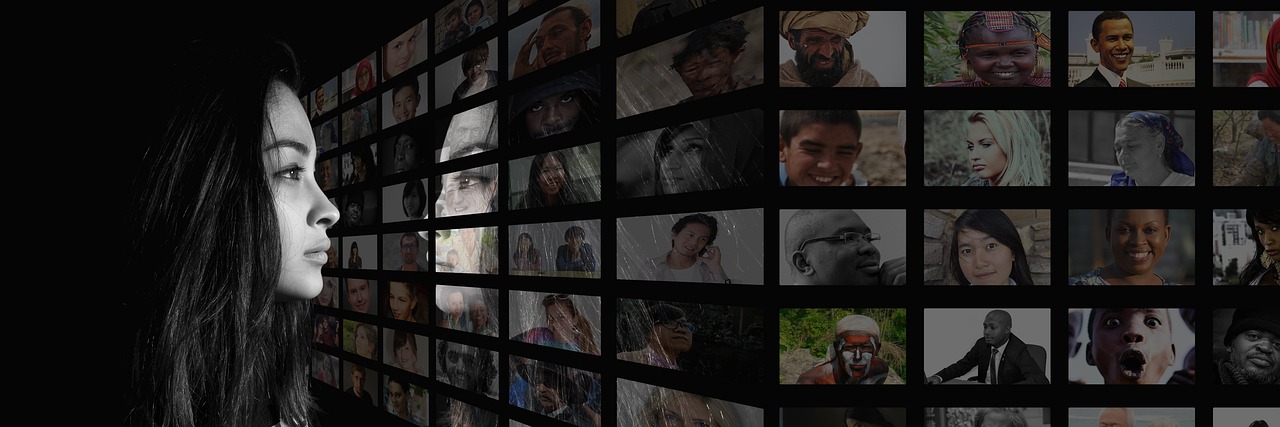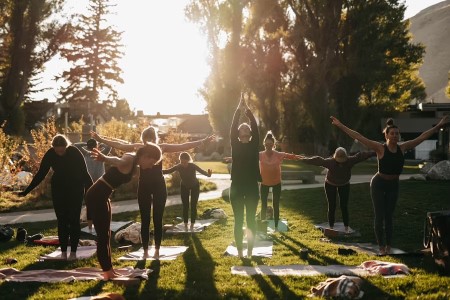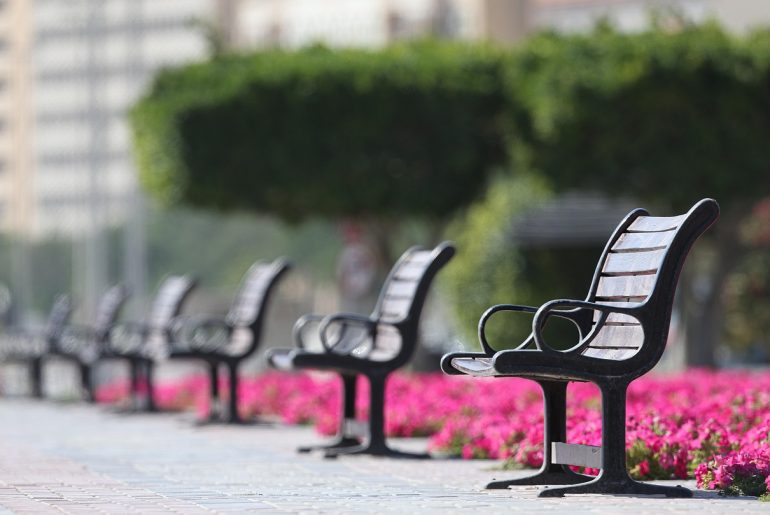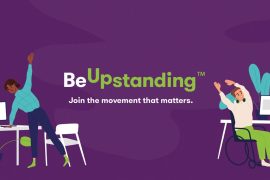When it comes to workplace health, standing up is more than just a physical act—it’s a social one. The BeUpstanding™ program encourages simple changes, like breaking up long sitting periods, that have big impacts on health. But why is it that some workplaces embrace standing meetings or stretch breaks so easily, while others find it awkward—even unacceptable?
The answer lies in the invisible force of social and cultural norms.

The Power of Norms
Social norms are the unwritten rules about how to behave in a group. They are shaped by shared beliefs, expectations, and cultural values. When we are at work, we often adjust our behaviour based on what others are doing—or what we think they expect us to do.
Psychologists call this normative influence. According to Social Norms Theory, people tend to conform to what they perceive as normal, especially when they want to be accepted. This means that if no one in the office stands during meetings, individuals may hesitate to do so—even if they know it’s healthier.

Cultural Differences in Sitting Norms
Cultural expectations play a big role, too. Research shows that in some cultures, sitting for long periods is associated with professionalism, respect, or productivity. In others, movement is encouraged and normalized throughout the day.
For example:
- In countries like Australia and New Zealand, public health messaging around sitting time has gained traction, and programs like BeUpstanding are widely adopted.
- In East Asian workplaces, hierarchical norms may discourage junior staff from standing or moving during work time unless explicitly permitted.
- Scandinavian countries often promote flexible work environments where standing desks and active breaks are the norm.
Understanding these cultural differences is critical when tailoring workplace health interventions across regions or sectors.

Social Identity and Organisational Culture
Social Identity Theory suggests that people derive part of their identity from the groups they belong to. This means if your workplace values health, activity, and well-being, you’re more likely to internalise those behaviours.
The BeUpstanding toolkit actively leverages this by:
- Encouraging team-based action planning
- Supporting champions to model healthy behaviour
- Making sitting reduction a shared goal, not an individual burden
These strategies help shift group norms—what’s normal becomes what’s healthy.
Changing Norms is Behavioural Change
Shifting social and cultural norms isn’t easy, but it’s central to effective behaviour change. The COM-B model, as we have mentioned in previous blogs, reminds us that Capability, Opportunity, and Motivation all interact to influence Behaviour. Norms influence all three:
- Motivation: People are more willing to act if they see others doing it
- Opportunity: A culture that supports movement creates space for change
- Capability: When change is modelled and supported, people learn how to do it
By making standing and movement part of the visible, valued, and expected fabric of workplace life, programs like BeUpstanding help rewrite the social script.

What Can You Do?
If you’re a workplace champion or health leader:
- Model the behaviour you want to see—stand up, stretch, move!
- Celebrate movement as a team value
- Talk about why it matters, using stories and science
- Challenge outdated norms gently but consistently
Small changes in what’s seen as “normal” can lead to lasting shifts in behaviour—and culture.
This blog was written by Wenqi Yi as part of her 4th year psychological science placement with the BeUpstanding team.
![]()







